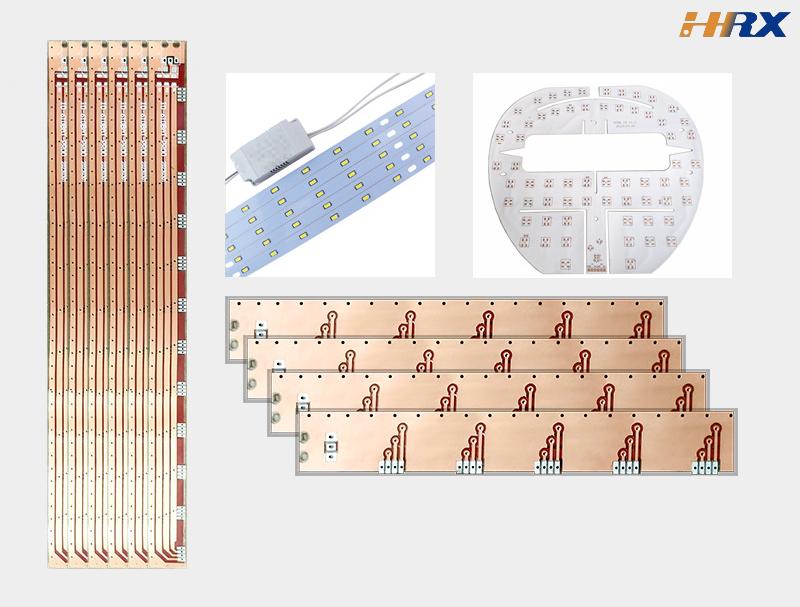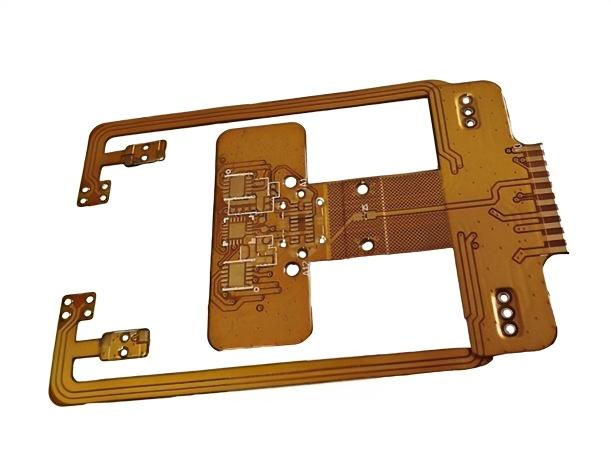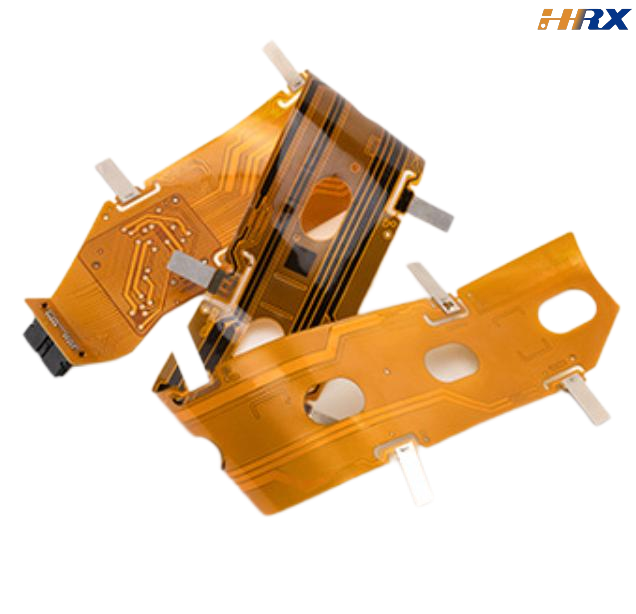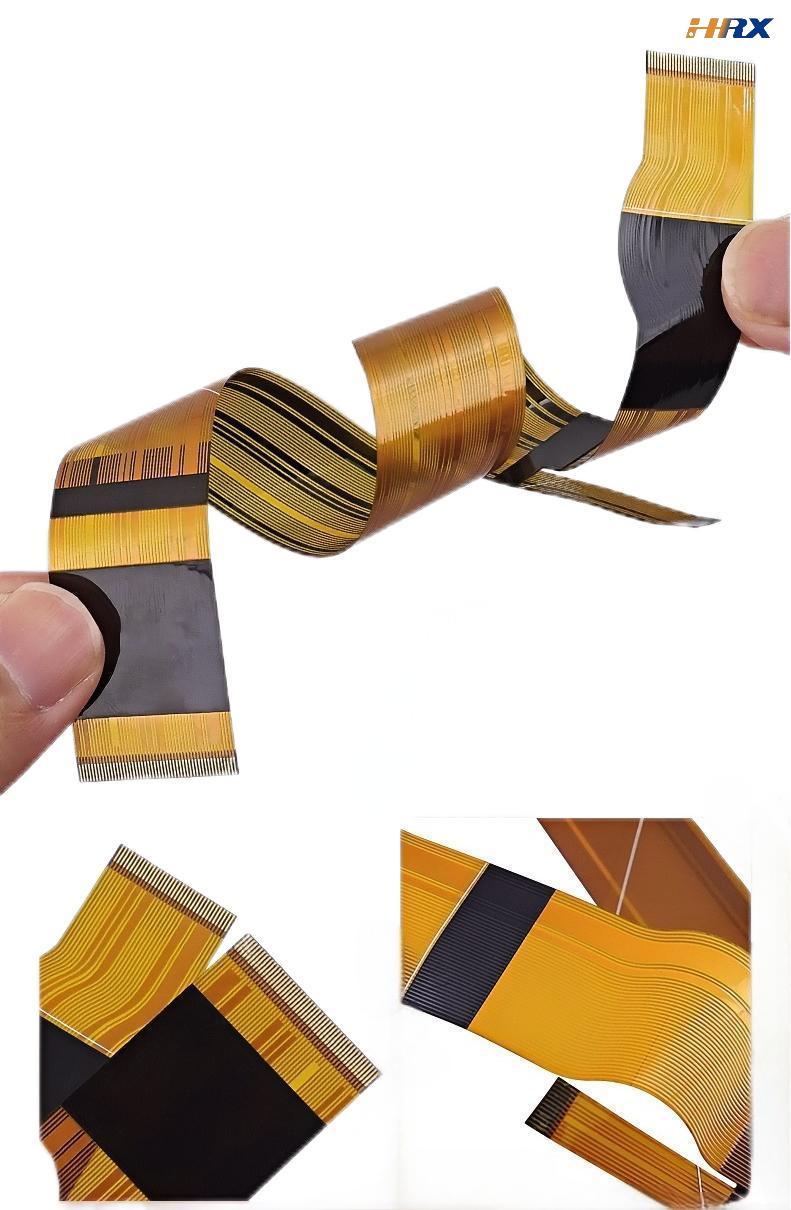Search
Mastering FPC Flexible Circuit Board Design: Key Points and Rules
- Apr 23,2025
-
Share
In the rapidly evolving landscape of modern electronics, Flexible Printed Circuits (FPCs) have emerged as a game - changing technology, enabling the development of compact, lightweight, and highly versatile electronic devices. As the demand for FPCs continues to soar across industries such as consumer electronics, automotive, and aerospace, mastering the intricacies of FPC design has become imperative for engineers.

Circuit Design: The Bedrock of FPC Performance
At the core of every high - performing FPC lies a meticulously engineered circuit design. Unlike traditional rigid PCBs, FPCs must accommodate significant flexibility, introducing unique design challenges. One of the primary considerations in FPC circuit design is trace routing. To ensure seamless bending and flexing without compromising signal integrity, engineers often employ serpentine or meandering trace patterns. Leveraging high - density interconnect (HDI) technology can further optimize trace density and enhance electrical performance. Minimizing the number of vias and favoring surface - mount technology (SMT) components are also crucial strategies for maximizing FPC flexibility and reliability.
Another vital aspect of circuit design is the strategic integration of local rigid reinforcement. While flexibility is a defining feature of FPCs, certain areas may require additional rigidity to facilitate assembly and soldering processes. This can be achieved through the use of rigid - flex materials or by incorporating stiffeners in key regions of the FPC. By carefully placing these rigid reinforcements, engineers can ensure secure component mounting and maintain FPC stability throughout the manufacturing and operational life cycles.
Common Circuit - related Failures and Solutions
Signal Integrity Degradation: Excessive bending or flexing of FPCs can lead to trace breakage, impedance mismatches, and signal attenuation. To mitigate these risks, finite element analysis (FEA) is commonly employed during the design phase to simulate real - world bending scenarios and identify potential stress points. In the event of signal integrity issues, solutions such as re - routing traces with wider widths, implementing shielding layers, or adopting differential signaling techniques can often restore optimal performance.
Open Circuit Formation: Repeated flexing over time can cause trace fractures, resulting in open circuits. Conducting fatigue analysis during the design process helps predict high - stress areas and implement preventive measures. When an open circuit is detected, temporary fixes such as wire bonding or jumper wires can be used to bypass the broken section, while long - term solutions involve refining the design to enhance trace durability.
Material Selection: The Foundation of FPC Reliability
Material selection is a critical determinant of FPC performance, durability, and lifespan. When choosing materials for an FPC, several factors must be carefully evaluated, including flexibility, temperature resistance, chemical compatibility, and electrical properties. Polyimide, renowned for its exceptional flexibility, high - temperature tolerance, and chemical stability, is a popular choice for FPC substrates. Copper, with its superior electrical conductivity and ease of processing, is commonly used for traces and pads.
In addition to substrates and conductors, adhesives and laminates play crucial roles in FPC construction. Adhesives ensure secure bonding between layers, while laminates provide additional protection and insulation. Selecting materials that are fully compatible with each other and can withstand the rigors of the manufacturing process is essential for ensuring FPC reliability.
Material - related Failures and Solutions
Material Degradation: Exposure to harsh environmental conditions, such as high temperatures, humidity, or chemicals, can cause material degradation, leading to reduced flexibility, delamination, and electrical performance degradation. To prevent this, materials with enhanced resistance ratings for the intended operating environment should be selected. In the event of degradation, replacing the affected FPC with one made of more suitable materials is often the most effective solution.
Adhesive Failure: Poor adhesion between layers can result in delamination, compromising the structural integrity of the FPC. Conducting peel - strength tests on adhesive - bonded samples before mass production helps identify potential adhesion issues. If adhesive failure occurs, solutions may include switching to a more appropriate adhesive, adjusting bonding process parameters, or improving surface preparation techniques.
Manufacturing Process: Translating Design into Reality
The manufacturing process of FPCs is a highly specialized and precise operation that requires advanced equipment, technical expertise, and strict quality control measures. Key steps in the FPC manufacturing process include photolithography, etching, electroplating, and lamination. Each step must be carefully controlled to ensure consistent quality and reliability.
One of the primary challenges in FPC manufacturing is preventing oxidation on large copper surfaces, which can significantly degrade electrical performance. Optimizing the lamination process by using anti - oxidation coatings and carefully controlling temperature and humidity levels is crucial for maintaining copper integrity.
Manufacturing - related Failures and Solutions
Etching Defects: Uneven etching can result in inconsistent trace widths, affecting electrical performance and signal integrity. Regular calibration of etching equipment, strict monitoring of etching solution concentration and temperature, and proper process control are essential for preventing etching defects. If defects are detected, rework processes such as additional etching or plating can be employed to correct trace dimensions.
Lamination Issues: Air bubbles, voids, or delamination during lamination can weaken the FPC structure and compromise its performance. Employing vacuum lamination equipment, ensuring proper degassing of materials before lamination, and optimizing lamination process parameters can help minimize these issues. In some cases, re - laminating the FPC under optimized conditions may be possible, but severe lamination defects may require discarding the product.

Shenzhen Huaruixin Electronics Co., Ltd.: Your Premier Partner in FPC Design and Manufacturing
As a leading provider of FPC, PCB, and Rigid - Flex Printed Board solutions, Shenzhen Huaruixin Electronics Co., Ltd. has extensive expertise in the design and manufacturing of high - quality FPCs. Our team of experienced engineers and technicians is dedicated to providing innovative solutions that meet the diverse needs of our customers. Leveraging the latest technology and state - of - the - art equipment, we ensure the highest standards of product quality and reliability. Our comprehensive services include design, prototyping, manufacturing, and assembly, offering end - to - end support for all your FPC project requirements.
If you're searching for a reliable partner for your FPC design and manufacturing needs, look no further than Shenzhen Huaruixin Electronics Co., Ltd. Visit our website at www.hrxfpc.com to explore our product offerings and services in detail, or contact us at sales@hrxfpc.com to discuss your specific project requirements. We welcome opportunities to collaborate with industry professionals and enthusiasts, fostering knowledge sharing and innovation in the field of FPC technology.

Let’s talk! We’ll provide the perfect solution for you!
-
 Huaruixin Electronics mainly produces printed circuit boards as the core business, to provide customers with one-stop solutions for FPC/PCB production, components sourcing and Assembly.
Huaruixin Electronics mainly produces printed circuit boards as the core business, to provide customers with one-stop solutions for FPC/PCB production, components sourcing and Assembly. - WHAT WE DO — PCB Design Solutions — Flex PCB Production — Components Sourcing — FPC&PCB Assembly
- PRODUCTS — Single Sided Flexible Circuits — Double Sided Flexible Circuits — Multilayer Flexible Cirucits — Rigid-Flex Circuits — FPC Assembly — PCB Assembly
- CAPABILITY — FPC Capability — Rigid-Flex Capability — PCB Capability — Assembly Capability
- Copyright © 2024 Shenzhen Huaruixin Electronics Co., Ltd. All Rights Reserved.
- Design By BONTOP


